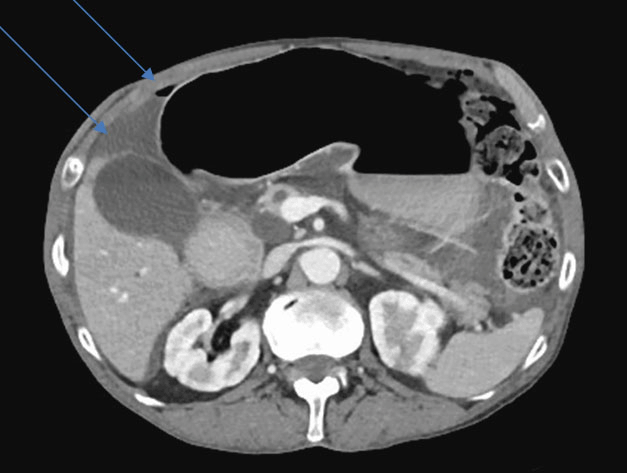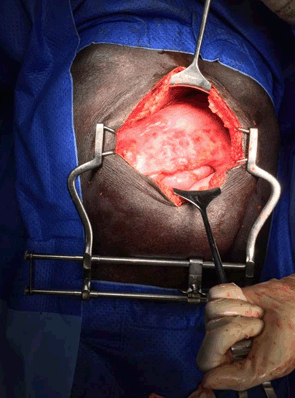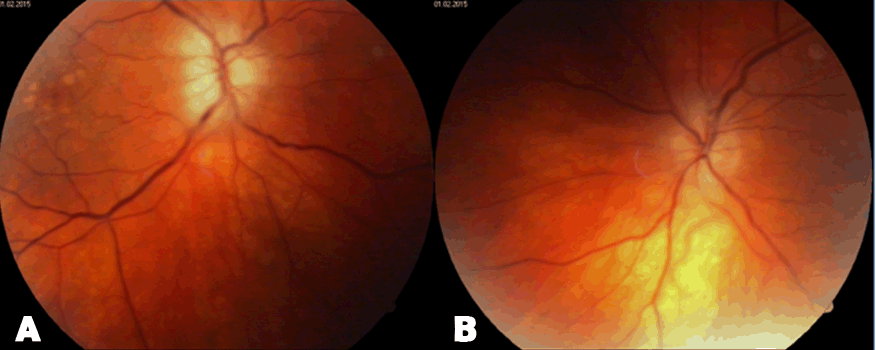 |
Case Report
Laparoscopy in iatrogenic colonoscopic perforation: A case report and literature review
1 Surgical registrar, Department of General Surgery, Peninsula Health PO Box 52, 2 Hastings Road, Frankston, Victoria, Australia
2 Consultant General Surgeon, Department of General Surgery, Peninsula Health PO Box 52, 2 Hastings Road, Frankston, Victoria, Australia
Address correspondence to:
Amin Tanveer
Department of General Surgery, Peninsula Health PO Box 52,2 Hastings Road, Frankston, Victoria, Melbourne,
Australia, 3199
Message to Corresponding Author
Article ID: 100051Z06AT2018
Access full text article on other devices

Access PDF of article on other devices

How to cite this article
Tanveer A, Andrabi SA, Sundaramurthy S. Laparoscopy in iatrogenic colonoscopic perforation: A case report and literature review. Case Rep Int 2018;7:100051Z06AT2018.ABSTRACT
Bowel cancer incidence has been increasing worldwide. It is the fourth most common cancer among men and the third most common among women. Screening test like Faecal Occult Blood Test (FOBT) and Colonoscopy are particularly important for early detection of asymptomatic bowel cancer. Although colonoscopy is almost always safe but complications may occur. Most complications are mild and self-resolving, such as abdominal and anal pain, flatulence, and diarrhoea. The most serious complication of colonoscopy is iatrogenic colonoscopic perforation. The overall reported incidence of perforation ranges from 0.1–0.3% for diagnostic colonoscopy and from 0.4–1.0% for therapeutic colonoscopy. Since its first introduction in 1969, colonoscopy is considered the gold standard method for the diagnosis, treatment, and follow-up of colorectal cancer. Hereby, presenting a case study of an 83-year-old man, who had iatrogenic colonoscopic perforation post elective colonoscopy, which was successfully managed laparoscopically.
Laparoscopic treatment seems to reduce the invasiveness and morbidity of major surgery. At the same time, it is more definitive than conservative treatment. Therefore, use of laparoscopic techniques have become the preferred method to treat colonoscopy related colonic perforations. Since colonoscopic perforations are rare, the management of this complication by laparoscopic procedure is poorly defined. By presenting this case study and review of literatures we would like to demonstrate that laparoscopic approach is a safe option for treatment and diagnosis of selected colonoscopic perforations.
Keywords: Bowel perforation, Colonoscopy, Laparoscopic approach
SUPPORTING INFORMATION
Author Contributions
Amin Tanveer - Substantial contributions to conception and design, Acquisition of data, Analysis of data, Interpretation of data, Drafting the article, Revising it critically for important intellectual content, Final approval of the version to be published
Sayed Ali Andrab - Substantial contributions to conception and design, Acquisition of data, Analysis of data, Interpretation of data, Drafting the article, Revising it critically for important intellectual content, Final approval of the version to be published
Senthikumar Sundaramurthy - Substantial contributions to conception and design, Acquisition of data, Analysis of data, Interpretation of data, Drafting the article, Revising it critically for important intellectual content, Final approval of the version to be published
Guaranter of SubmissionThe corresponding author is the guarantor of submission.
Source of SupportNone
Consent StatementWritten informed consent was obtained from the patient for publication of this case report.
Data AvailabilityAll relevant data are within the paper and its Supporting Information files.
Conflict of InterestAuthors declare no conflict of interest.
Copyright© 2018 Amin Tanveer et al. This article is distributed under the terms of Creative Commons Attribution License which permits unrestricted use, distribution and reproduction in any medium provided the original author(s) and original publisher are properly credited. Please see the copyright policy on the journal website for more information.





